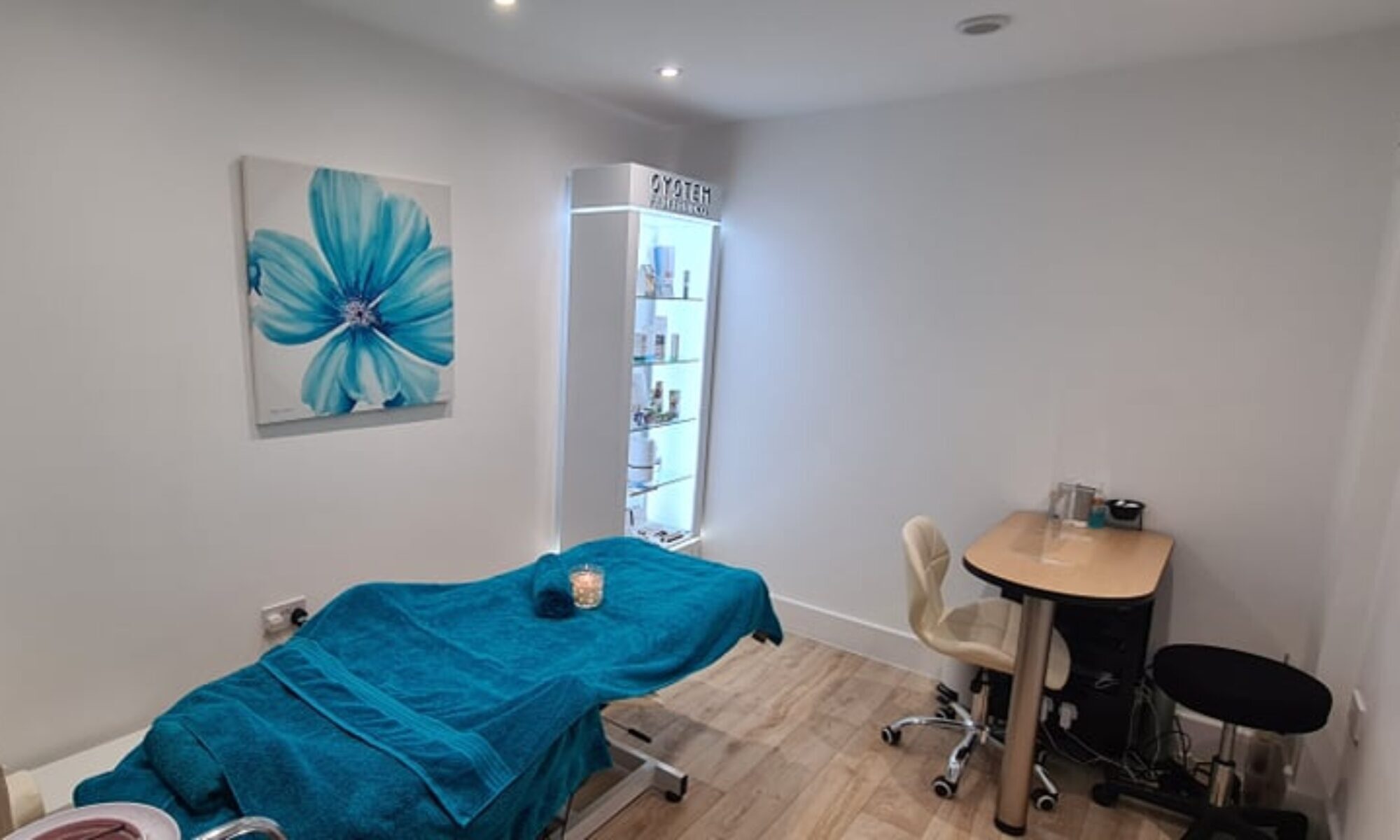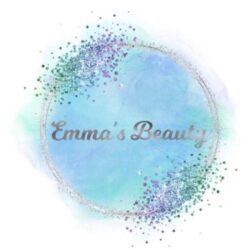Everyone wants beautiful, glowing skin — and the good news is, it’s within reach. While facials are a fantastic way to jumpstart your skin’s radiance, achieving long-term results takes consistent care and the right daily habits.
In this post, we share 11 expert-approved tips to maintain and enhance your skin’s health and glow after a facial. Whether you’re a skincare beginner or a beauty enthusiast, these practical steps will help you get the most from your facial treatments and keep your skin looking its best every day.
1. Cleanse Your Skin Twice Daily
A glowing complexion starts with a clean canvas. Washing your face morning and evening removes dirt, oil, and impurities, allowing the rest of your skincare products to work more effectively. Look for a gentle cleanser suited to your skin type and always follow up with a toner or moisturiser.
2. Exfoliate Once or Twice a Week
Regular exfoliation helps remove dead skin cells, brighten your complexion, and encourage healthy skin turnover. Use a mild exfoliant once or twice a week — but don’t overdo it. Too much exfoliation can dry out or irritate the skin, especially after a facial.
3. Apply a Face Mask Weekly
Facial masks deliver targeted results depending on your skin’s needs — from hydration to detoxification. Using a mask once or twice a week helps soothe the skin, refine pores, and boost glow. Choose a mask that matches your skin type (hydrating, clarifying, brightening, etc.).
4. Use a Cleanser Between Mask and Exfoliation Days
On days when you’re not exfoliating or masking, stick with a basic cleanse to keep skin fresh and prepped. A balanced cleanser will keep your skin clear without stripping away its natural moisture, making it easier for other products (like makeup or serum) to perform better.
5. Use a Toner Morning and Night
Toners have come a long way. Modern formulations are gentle and hydrating, helping balance your skin’s pH and remove any lingering residue after cleansing. You can use them twice daily or even carry a misting toner with you for a quick midday refresh.
6. Choose a Serum Based on Your Skin Goals
Serums are highly concentrated formulas packed with active ingredients that address specific concerns like dullness, fine lines, or pigmentation. Because they absorb deeply into the skin, they can be more effective than moisturisers alone. Pick a serum that suits your skin type and apply it regularly for best results.
7. Use a Dedicated Eye Cream
The skin around your eyes is thinner and more delicate than the rest of your face. It’s often the first area to show signs of ageing. Using an eye cream helps keep this area hydrated, firm, and bright. Look for products with ingredients like peptides, antioxidants, or vitamin C to reduce puffiness and fine lines.
8. Moisturise Daily with SPF
Moisturising helps lock in hydration and protect the skin barrier. Choose a daily moisturiser that contains SPF 30 or higher to shield your skin from harmful UV rays, which are a leading cause of premature ageing. Even on cloudy days, sun exposure can harm your skin.
9. Add a Facial Oil for Dry or Dehydrated Skin
If your skin feels tight, flaky, or dull despite moisturising, consider adding a few drops of facial oil. Oils can provide an extra layer of nourishment and help seal in moisture. They’re especially helpful in colder weather or for mature, dry skin types.
10. Stay Hydrated from Within
Hydration starts on the inside. Drinking at least 8 glasses of water per day supports your skin’s natural moisture barrier and helps keep it looking plump, smooth, and youthful. Dehydrated skin often appears dull and more prone to fine lines.
11. Get Professional Advice When Needed
Every skin type is different. If you’re unsure which products or routine will work best for you, don’t guess. Book a consultation with a qualified beauty therapist or dermatologist who can recommend a tailored skincare plan based on your skin’s unique needs.
Final Thoughts
Healthy, glowing skin isn’t achieved overnight — but with the right habits and consistency, you’ll start to notice real, lasting changes. Use these tips as a daily guide to extend the benefits of your facial treatments and maintain radiant, well-nourished skin all year round.
If you have questions about your skincare routine or want to book your next facial, Emma is here to help. With over 10 years of experience and a passion for personalised skincare, she’ll work with you to help your skin shine.
Book your facial appointment with Emma today and give your skin the TLC it deserves! Follow Emma on Facebook and Threads for more skincare tips, myth-busting info, and beauty advice.


